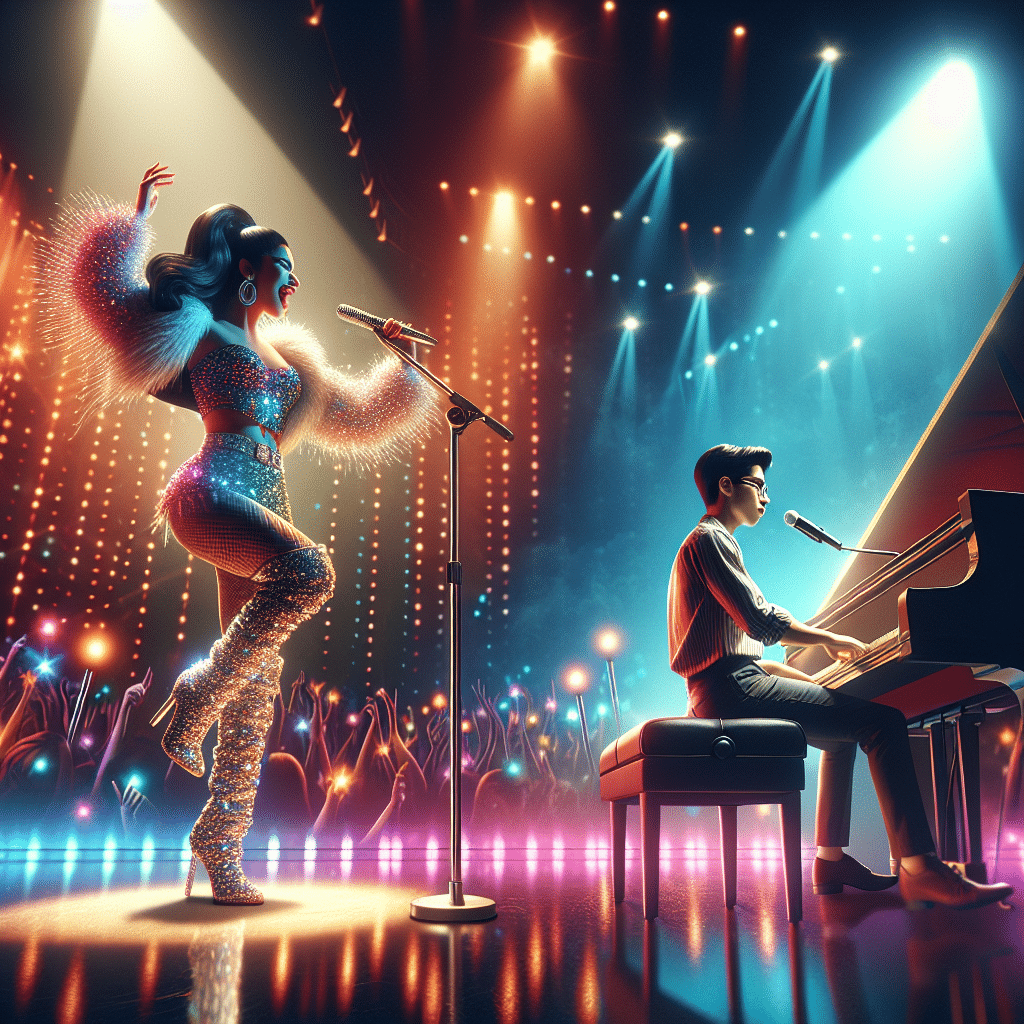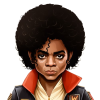From Dance Hits to Ballads: The Versatility of Today’s Best Pop Talent

Introduction
The landscape of pop music has evolved dramatically over the decades, influenced by technology, cultural shifts, and the personal artistry of its performers. Today’s best pop talent showcases an impressive versatility, effortlessly navigating between high-energy dance hits and heartfelt ballads. This article explores the historical context of pop music, highlights key artists who exemplify this versatility, discusses contemporary trends, and examines the broader cultural impact of this phenomenon. By the end, we will highlight the significance of this evolution in pop music and answer common questions about its nature.
Historical Context
To appreciate the current versatility in pop music, it's crucial to understand its historical framework. Pop music has roots in various genres, including jazz, rock 'n' roll, and rhythm and blues. The 1980s marked a groundbreaking era with the introduction of MTV, which formatted music as a visual experience. This period birthed icons like Madonna and Prince, who combined engaging sounds with stunning visuals, paving the way for future artists.
In the 1990s and early 2000s, the genre continued to diversify. The rise of the boy band phenomenon and female pop icons, such as Britney Spears and Christina Aguilera, solidified pop music's grasp on global charts. With this era, the lines between pop, hip-hop, and R&B began to blur, creating a fertile ground for artists to experiment with different styles.
The digital age further changed the game. With platforms such as Spotify, Apple Music, and YouTube, individual artists now have greater access to a global audience, facilitating the fusion of genres. This evolution continues to foster a rich variety of sounds within pop music today.
See Also: Top 20 Best Pop Songs of the 90s That Defined the Decade
Top 20 Best Pop Songs of the 90s That Defined the DecadeKey Artists
Today, several artists exemplify the versatility that defines modern pop music. Each brings their unique flair, allowing them to shift seamlessly between catchy dance tracks and soul-stirring ballads.
Dua Lipa
Dua Lipa has emerged as a powerhouse in the pop genre, known for fusing disco-inspired beats with contemporary pop. Her debut album, Dua Lipa (2017), featured dance hits like "New Rules," while her follow-up, Future Nostalgia (2020), showcased her ability to craft emotional songs like "Don't Start Now." Lipa's skill allows her to captivate audiences in clubs and intimate settings alike.
Ed Sheeran
Ed Sheeran represents a new breed of pop artist who is both a gifted songwriter and versatile performer. He initially captured the world’s attention with acoustic love ballads such as "Perfect" and "Thinking Out Loud." However, Sheeran has also produced dance hits like "Shivers" and collaborated across genres, displaying his adeptness at engaging different audiences.
See Also: Top 20 Iconic Pop Songs of the 1970s That Defined the Decade
Top 20 Iconic Pop Songs of the 1970s That Defined the DecadeBillie Eilish
With her unique sound and ethereal aesthetic, Billie Eilish has redefined what it means to be a pop star. Songs like "Bad Guy" showcase a catchy, bass-heavy sound with a playful edge, while ballads such as "When the Party's Over" highlight her emotional depth and vulnerability. Eilish's music reflects a journey through different emotions, indicative of the complex range today's pop artists possess.
Lizzo
Lizzo is another artist who beautifully embodies versatility. With her powerful voice and engaging stage presence, she transitions effortlessly between upbeat anthems like "Juice" and introspective ballads such as "Cuz I Love You." Her infusion of funk, soul, and pop creates a collaborative atmosphere that encourages joy and self-acceptance.
Current Trends
As the music industry adapts to changing tastes, several trends have emerged in pop music that highlight its evolving nature.
Genre Blending
See Also: Top 10 Pop Icons of the Decade: Who Stole the Spotlight?
Top 10 Pop Icons of the Decade: Who Stole the Spotlight?Genre blending is now a staple of musical production, with pop artists often borrowing elements from other genres such as rock, country, and electronic music. This approach allows for innovative sounds and wider appeal, making pop more than just a singular genre but rather a melting pot of influences.
Lyrical Depth
Contemporary pop lyrics often explore complex emotions and personal experiences, moving away from surface-level themes. This authenticity resonates with listeners, as artists such as Halsey and Sam Smith craft narratives that reflect real-life struggles and triumphs, bridging the gap between dance tracks and ballads.
Technology and Collaboration
Advancements in technology have also changed how music is produced and consumed. Collaborations have become increasingly common, with artists from various genres coming together to create hybrid tracks. This not only enhances an artist's versatility but also enriches the listening experience.
Social Media Influence
Platforms like TikTok have reshaped how music is marketed and consumed, making even the least likely songs viral hits. This phenomenon allows for a diverse range of artists to gain visibility, driving further experimentation within the genre. Dance challenges and snippets often highlight catchy, danceable songs while introducing profound ballads to broader audiences.
See Also: Pop Perfection: The Must-Listen Artists Shaping Today's Music Scene
Pop Perfection: The Must-Listen Artists Shaping Today's Music SceneCultural Impact
The versatility of today’s best pop talent reflects a broader cultural evolution. It signifies a shift towards inclusivity and diversity within the music industry. Artists are redefining norms by embracing their identities and unique sounds, thus connecting with a wider array of audiences.
Pop music also serves as a commentary on current societal issues, addressing mental health, empowerment, and social justice. This consciousness promotes positive change while showcasing the realness of emotional experiences, inspiring listeners to embrace their own narratives.
Conclusion
The journey from dance hits to ballads encapsulates the versatility of today’s best pop talent. This evolution reflects the genre’s ability to adapt and embrace diverse influences, allowing artists to connect with listeners on multiple emotional levels. Through this exploration, we see that pop music is not just a series of catchy tunes but rather an art form that can evoke complex feelings and inspire change.
FAQs
See Also: Behind the Glitz: A Deep Dive into the Lives of Today’s Best Pop Artists
Behind the Glitz: A Deep Dive into the Lives of Today’s Best Pop Artists1. What makes pop music versatile?
Pop music is versatile because it incorporates a wide range of influences from genres like rock, hip-hop, R&B, and electronic music. Artists frequently blend styles, enabling them to produce both high-energy tracks and emotional ballads.
2. Who are some of the best pop artists today?
Some of the most notable pop artists today include Dua Lipa, Ed Sheeran, Billie Eilish, and Lizzo, all of whom excel in creating both danceable hits and powerful ballads.
3. How has technology influenced pop music?
Technology has revolutionized music production, marketing, and consumption. Digital platforms allow for collaboration across genres and enable a broader reach for artists, making it easier for diverse sounds to thrive.
4. Why are emotional ballads important in pop music?
See Also: Genre-Blending: How Modern Pop is Breaking All the Rules
Genre-Blending: How Modern Pop is Breaking All the RulesEmotional ballads resonate with listeners by addressing relatable themes and personal experiences. They provide an avenue for artists to connect deeply with their audience, showcasing authenticity in their artistry.
5. What trends are shaping the future of pop music?
Emerging trends include genre blending, lyrical depth, and the impact of social media platforms. These trends reflect an industry increasingly focused on authenticity, collaboration, and inclusivity.
If you want to know other articles similar to From Dance Hits to Ballads: The Versatility of Today’s Best Pop Talent you can visit the category Pop.
